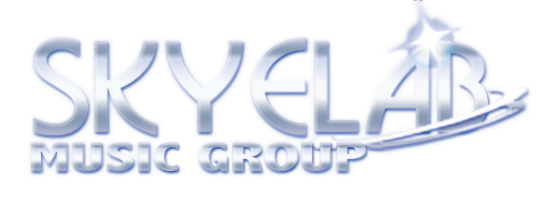A SOLID LEFT! A HARD RIGHT! WHAT A MIX!
I hate my Jeep. I need it to lug my scuba gear around, and I can fit a nice-size rinse tub in the back. But it overheats, it leaks all kinds of fluids and it’s helped my mechanics send their kids to college. They tell me, “Yeah, it’s the flow in the J-valve attached to the No. 2 piston rod which shuts the Johnny pump off which keeps the engine cool. It’ll cost you $800 this week.” Yea, whatever, I guess audio engineers are the same way sometimes-making things complicated when they could be simple. “I’m just putting on some bi-phase modulation to unmask the harmonics and match the impedance. Wait ‘til you hear it.” Well, that might be just the trick to make the mix come alive. Or maybe there’s a much simpler technique, like panning. Panning can make the difference between a mix sounding big and deep or small, cluttered, and narrow. Using panning properly reduces the competition for the same frequency range in each speaker and allows a bigger, clearer picture to shine through. Here are a few things to keep in mind when you’re spreading things out.
Performance Characteristics
First, determine whether or not you want the song to have a “performance feel.” If you do, you may want to pan the instruments according to where they would be arranged on stage as viewed by the audience. This technique is becoming popular again with 5.1 surround sound. If you’re mixing a pseudo orchestra, try arranging the instruments similarly to a real orchestra: violins on the left, violas right center with the cellos behind them, basses to your right, horns and woodwinds behind the strings, and percussion in the back. Remember that the hall reverb you add to the orchestra will blend everything toward the center. When you’re mixing a band and want it to sound live, mix the drums from the audience’s perspective, not the drummer’s.
Reverb Panning
Just because a reverb is stereo, it doesn’t mean you have to use it that way. If you can dedicate a reverb to one sound, you might want to bring the reverb back on the side to which you pan the instrument, or exactly opposite, depending on the effect you want. One commonly used panning effect is to take a percussive instrument sound, pan it to one side, and put a rhythmic delay on the other.
Automated Panning
With digital audio, most of us can automate our panning, but which sounds should we automate? I love to pan fills and effects that bring you into the next section of the song. Just sweep them from left to right and back while the fill is playing. If you have fader but not panning automation, put the same sound source on two channels, pan them left and right, and cross fade between them. Try putting reverb only on the end on one channel. For example, when the sound comes to the left side, it might be dry and in your face, but when you pan to the right side, it goes deeper into the mix and spreads out. Record a rhythm guitar part onto your hard disk. Select panning in your graphics-editing window and draw a few curves in time to the music. I like to go extreme left to extreme right on every eighth note. You can select a few bars of just the panning data and repeat it in the track for the duration of the whole song.
Panning Tips
When panning hi-hats, f you want a more realistic sound, use identical pan settings on the open and closed hi-hats.
Congas and bongos-pan like drums close together so the placement gives the illusion of someone playing them live. Do the same for horns.
Arty Skye is a multi-platinum, Grammy nominated producer/engineer as well as the founder of SkyeLab Music Group. He has worked with thousands of musicians and renowned artists such as Will Smith, Madonna, Santana, Alicia Keys, Wu-Tang, Kelly Price, and more.
If you think you’ve got what it takes to make it in the music industry or if you have any questions please contact us at info@skyelab.com or CLICK HERE to fill out our submission form for a free consultation.


Leave a Reply